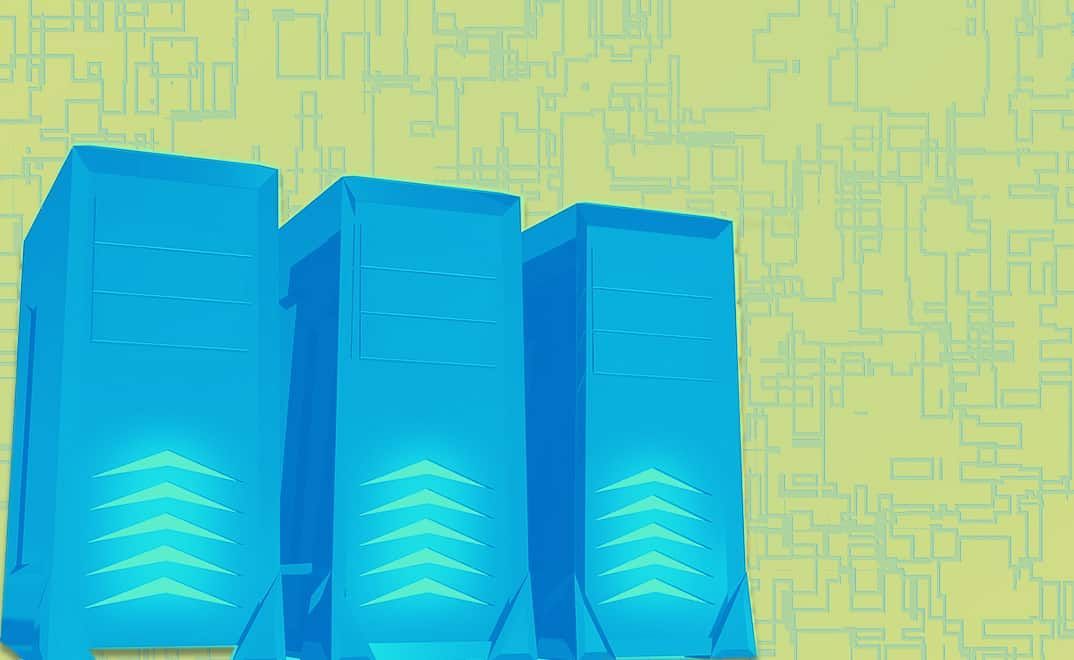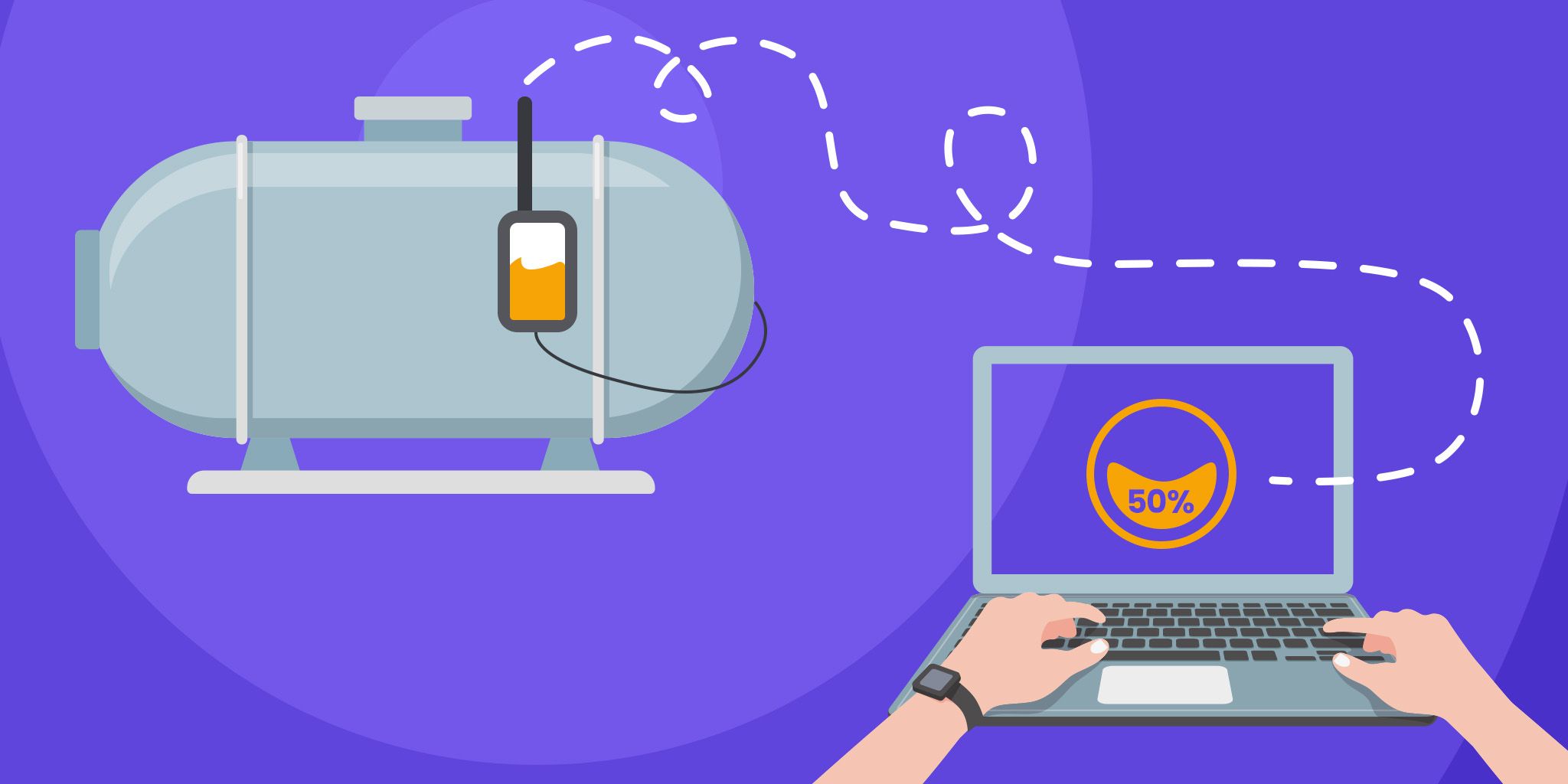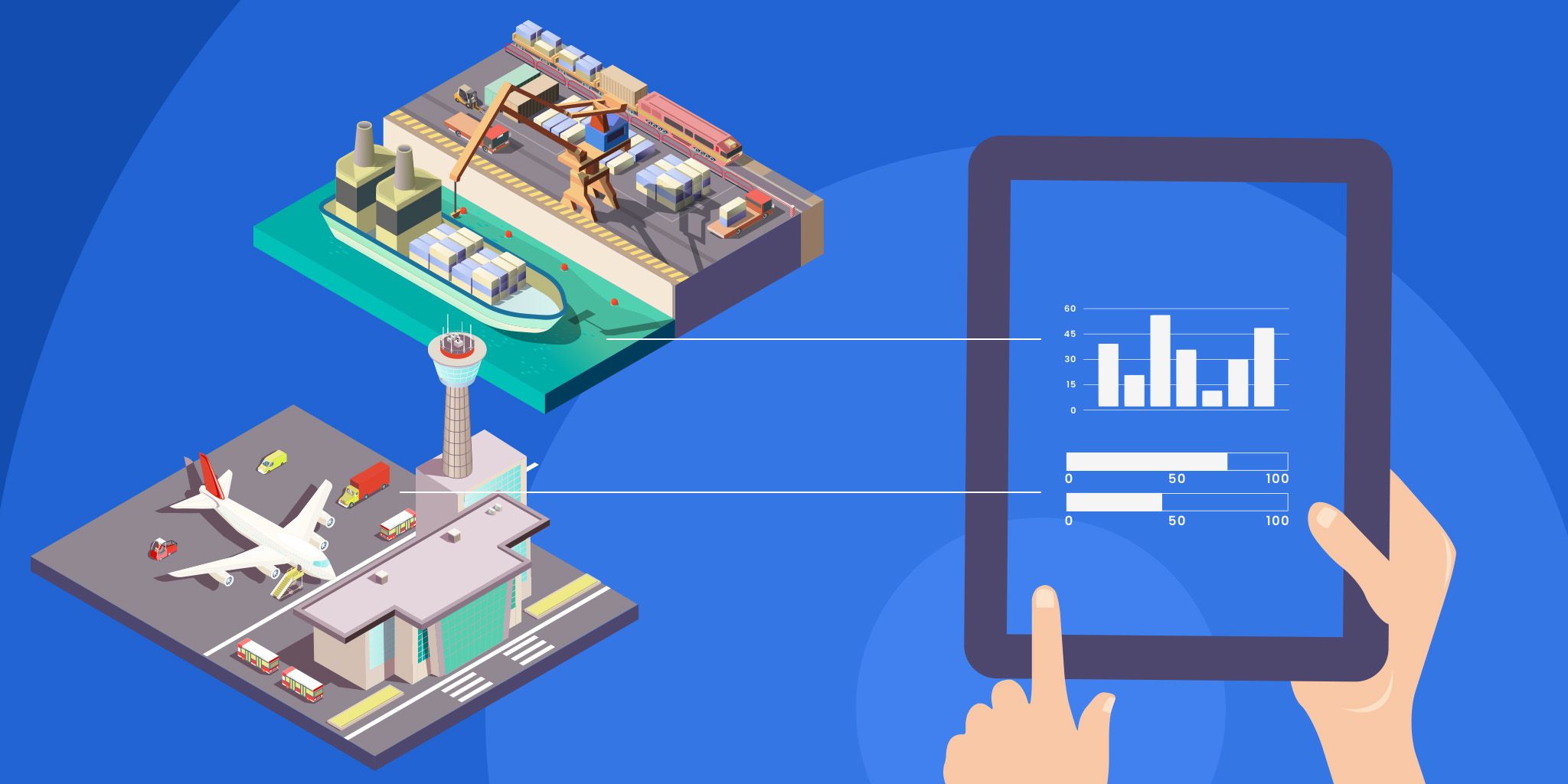IIoT vs. IoT: Examples and 5 Key Differences
IIoT vs. IoT: Examples and 5 Key Differences
- Last Updated: December 2, 2024
EMQ Technologies
- Last Updated: December 2, 2024



IoT, or Internet of Things, is the idea of connecting everyday devices to the internet, allowing them to send, receive, and process data. These devices, equipped with sensors, software, and other technologies, can communicate and interact with other devices and systems over the internet. They can be remotely monitored and controlled, enhancing efficiency, accuracy, and economic benefits.
The Industrial Internet of Things (IIoT) is a subset of IoT that specifically focuses on the industrial sector. It involves the application of IoT technologies to industrial applications and processes, such as manufacturing, logistics, and energy management. IIoT leverages technologies such as machine learning, big data, smart sensors, and machine-to-machine (M2M) communication to enhance industrial processes.
IIoT is more than just a buzzword; it's a transformative technology that is improving operational efficiency, productivity, and safety in industries. It enables real-time monitoring and analysis of industrial systems, predictive maintenance, and autonomous operations, among others.
While IIoT and IoT share some common principles, there are distinct differences between the two. The most notable difference is that while IoT primarily focuses on consumer usage and improving life quality, IIoT is centered around industrial applications, aiming to improve efficiency and productivity in industrial settings.
IIoT vs IoT: 5 Key Differences
1. Scope and Scale
The scope and scale of IoT and IIoT fundamentally differ. IoT generally refers to everyday devices connected to the Internet, such as smartphones, home appliances, and wearable devices. The goal of IoT is to make life easier and more convenient by allowing devices to communicate with each other.
On the other hand, IIoT specifically applies to the industrial sector. It involves large-scale machine-to-machine communication and automation of complex industrial processes. IIoT is designed to improve efficiency, productivity, and safety in industries such as manufacturing, logistics, and energy.
2. Complexity and Precision
In terms of complexity and precision, IIoT takes a different approach to IoT. IoT devices, though sophisticated, typically perform simple tasks like adjusting room temperature or tracking fitness activities.
IIoT, conversely, involves complex operations and requires high precision. For instance, in a manufacturing plant, IIoT systems can automatically adjust the production line's speed based on real-time demand or detect minute defects in products that are invisible to the human eye. Such complex and precise operations demand more robust and sophisticated technologies.
3. Connectivity and Interoperability
Connectivity and interoperability are other key areas where IIoT and IoT diverge. IoT devices usually connect to the Internet via standard home or office networks. They often use common communication protocols like Wi-Fi, Bluetooth, or Zigbee, enabling seamless interoperability between different devices.
By contrast, IIoT requires more robust connectivity solutions due to its industrial nature. It often employs specialized industrial communication protocols, like OPC UA or Profinet, which are designed for high-speed, reliable, and secure data transfer. Moreover, given the diverse range of machinery and equipment in industrial settings, interoperability can be a critical challenge in IIoT deployments.
Both IoT and IIoT converge in their use of common machine-to-machine protocols. Possibly the most important is MQTT (Message Queuing Telemetry Transport), known for its lightweight nature, efficient publish/subscribe model, and ability to operate at very large scale. MQTT facilitates efficient data transmission, especially in bandwidth-constrained environments.
4. Security Protocols
Security is paramount in both IoT and IIoT, but the emphasis and approach to security vary. IoT devices, while needing security measures, typically deal with less sensitive data. Therefore, their security protocols may not be as stringent as those in IIoT.
IIoT, on the other hand, deals with critical industrial data and control systems. A security breach in an IIoT system can lead to catastrophic consequences, such as production downtime, financial losses, and even threats to human safety. As a result, IIoT systems implement advanced and rigorous security protocols, including data encryption, intrusion detection systems, and regular security audits.
5. Programmability
Programmability is another distinguishing feature between IIoT and IoT. Most IoT devices come with pre-programmed functionalities that cater to general consumer needs. While some IoT devices allow for customization, their programmability is typically limited.
Conversely, IIoT systems are highly programmable and customizable, designed to adapt to the specific needs of different industries and companies. They can be programmed to perform complex tasks, make autonomous decisions, and even learn from their past actions using machine learning algorithms, offering a level of flexibility that is not commonly found in general IoT devices.
IoT vs. IIoT: How to Choose
Choosing between IoT and IIoT depends largely on your specific needs and circumstances. If you're a consumer looking to simplify your life and enhance your home with connected devices, IoT is likely the best choice. It offers a wide range of user-friendly devices and applications that can make your daily activities more convenient and enjoyable.
If you're a business or industrial operator, IIoT may be a better fit. It offers powerful tools for improving efficiency, productivity, and safety in industrial environments. IIoT can provide valuable insights and control over complex processes, helping to reduce costs and optimize operations.
Remember, though, that IIoT vs. IoT isn't necessarily an either/or decision. Many businesses and even some consumers use a combination of both. For instance, a manufacturing company might use IIoT for its production processes and IoT for its office and facilities management. Consumers might use smart home devices in their private apartments, while the apartment complex they live in uses IIoT devices for services like air conditioning and elevator maintenance.
The Most Comprehensive IoT Newsletter for Enterprises
Showcasing the highest-quality content, resources, news, and insights from the world of the Internet of Things. Subscribe to remain informed and up-to-date.
New Podcast Episode

Moving Past the Pilot Phase in IoT and AI
Related Articles





